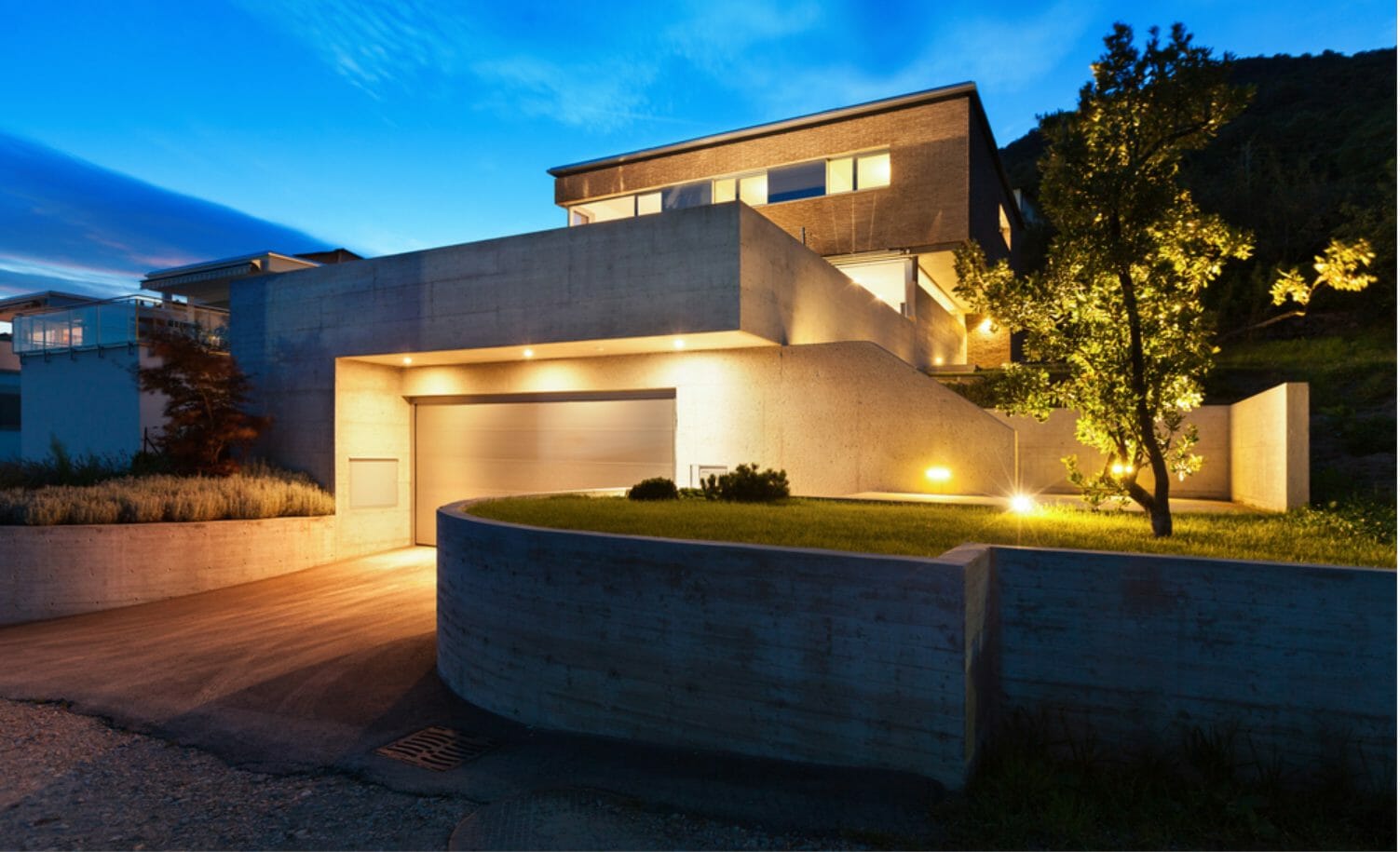Do you have a habit of leaving lights on when you’re in a dash to get to work, or your bed is calling you after a long day? It can feel insignificant, and you may not give it much thought. You may already know that leaving the lights on when you don’t need them wastes electricity. Wasted electricity can quickly add up and start to cause a significant spike in your bills and cause unnecessary harm to the environment. But just how much does it end up costing you?
This article goes through an example to show you how much electricity is wasted by leaving lights on and the associated costs.
Why does leaving lights on waste electricity?
House lighting is a modern necessity. It’s so ingrained into our lives that we can forget the processes that go into keeping them on. Leaving your lights on when it’s unnecessary means all the electricity that goes into powering them isn’t going to use. It’s a bit like leaving a tap on. Except a little more expensive and environmentally unfriendly. So how much electricity goes to waste when you leave your lights on?
The factors to consider
There’s a couple of factors to consider when determining how much electricity goes to waste:
The wattage of your light bulb
There are four standard household light bulbs, and they each work at different efficiencies. Their efficiency can be explained as the number of watts they use to keep their bulb lit. The below describes the typical wattages for each light bulb to produce 250 lumens of light output:
- Incandescent light bulbs use 25w.
- Halogen light bulbs use 18w.
- CFL (compact fluorescent lamps) use 5w.
- LED lights use 3.5w.
An LED light only uses 3.5w of power to provide the same amount of light as an incandescent light bulb, which uses 25w. This means that an LED light can stay on for over seven times as long while using the same amount of electricity as an incandescent light bulb. It can save a lot of electricity and money to use more efficient light bulbs, such as LED or CFL.
The number of hours you leave your light on
The amount of time you leave your lights on factors into the wasted electricity. If you go to bed with a light on, it will typically be left on for eight hours of unnecessary use. The average Australian home has 37 light bulbs. As these can be scattered around the house, it’s easy to leave multiple lights on overnight, in the day time or when you leave the house.
The wasted electricity by leaving the lights on
Electricity consumption is measured in kilowatt-hours (kWh). A kWh equals the amount of electricity used to keep a 1000watt light bulb powered for one hour.
Wasted electricity when leaving your lights on while sleeping
Continuing with the example of leaving a light on overnight while you sleep for eight hours, the consumption for each light bulb is given below.
- Incandescent light bulbs will use 0.200 kWh.
- Halogen light bulbs will use 0.144 kWh.
- CFL (compact fluorescent lamps) will use 0.040 kWh.
- LED lights will use 0.028 kWh.
The cost of leaving your lights on
To define the exact costs of leaving your lights on, you should consider your location. You can also determine whether your lights are for residential or commercial use, as the prices can differ.
Cost of electricity per kWh
The average cost of electricity in Australia per kWh is $0.388. This is an average for both residential and commercial usage. The rate you pay for your electricity may change depending on who your supplier is and the contract you have.
The cost of leaving your lights on while sleeping
So, now we know the kWh for leaving each light bulb on while you sleep, let’s look at how much it can cost. If you’re an Australian resident, the cost of leaving each light on while sleeping is given below.
- Incandescent light bulbs will cost $0.068. If it stays on every night, it will cost $2.028 in 30 days.
- Halogen light bulbs will cost $0.049. If stays on every night, it will cost $1.460 in 30 days.
- CFL (compact fluorescent lamps) will cost $0.014. If it stays on every night, it will cost $0.406 in 30 days.
- LED light use will cost $0.009. If it stays on every night, it will cost $0.284 in 30 days.
Seeing the above numbers might not leave much of an impact. But, considering the 37 lights in the average house, it can often be the case that many of these are left on overnight. There can also be times during the day when your lights are left on at unnecessary times. With multiple lights on at unnecessary times, the costs can add up quickly.
Final thoughts
There are four main types of light bulbs used in Australia, and recent trends have started to favour the more efficient ones. This article has shown that there’s a significant difference in the electricity they use and the associated costs. You may now have a better idea about why LED lights are favourable as they can end up saving you some significant dollars in the long run.
Glenco’s specialises in helping you get the most out of your energy supply. If you want some help in optimising your energy consumption to save money, just contact our expert electricians in Sydney.







